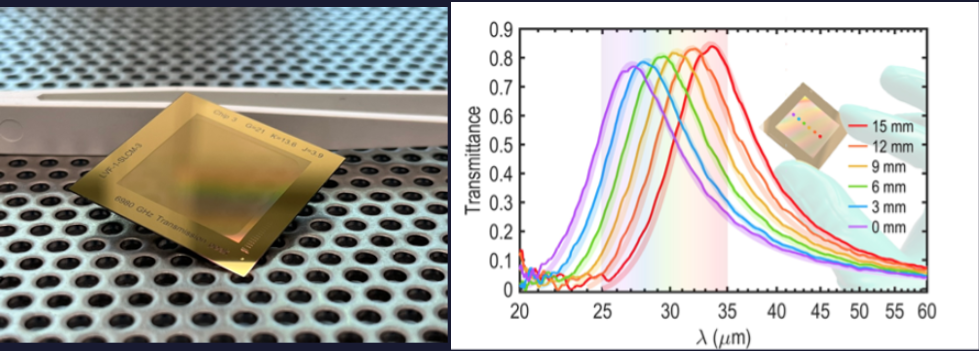Large arrays of far-infrared MKID detectors reach the fundamental sensitivity limits set by natural sky backgrounds and deeply cooled telescope and optics. Our MKIDs are sensitive enough to detect the far-infrared background radiation from the Universe.
This means that any source strong enough to overcome this background is detectable by our MKIDs. For the weaker part of these sources it is provided that the surrounding equipment such as the mirrors and the readout technology are kept at temperatures close to absolute zero. Key far-infrared science cases are galaxy evolution and planet formation, in which we study for example the abundance of elements. We combine MKIDs with dispersive optical elements to increase mapping speeds and measure the spectral lines of elements at a resolution multiple orders of magnitude above what has been achieved previously.





